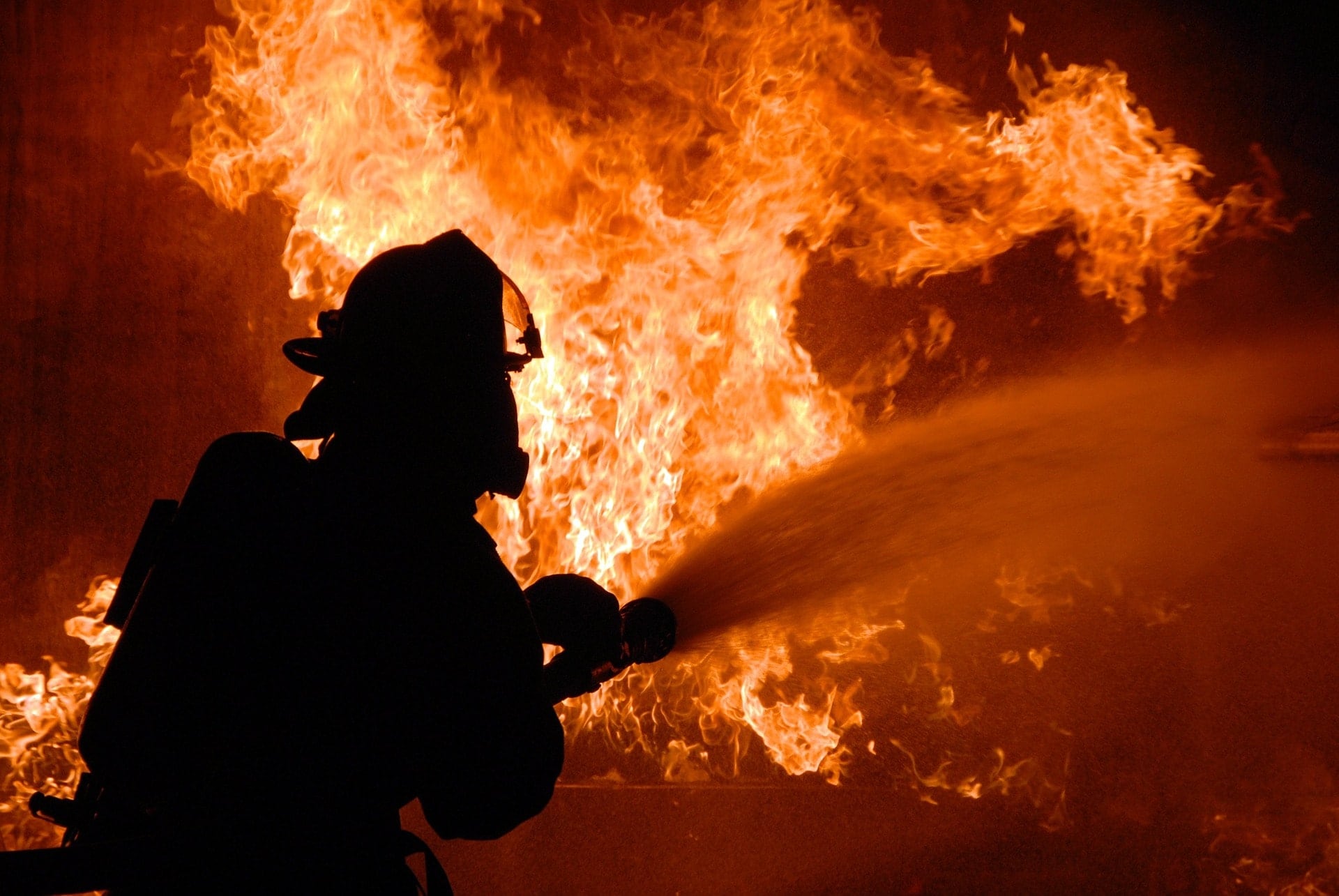10 Facts about Fire Safety in the Workplace
These 10 facts about Fire Safety give a very brief overview into the responsibilities of employees wanting to keep themselves, others and a premises safe. If you or others require training by real fire professionals (those who have been in the fire service/or used to be) then view one of our Fire Safety Courses.
1. The Amount of Workplace Fires Are Surprising
Accidents can happen, but people can be quick to underestimate how often and how easily they can occur. In 2017 there were on average over 300 fires a week in non-domestic (workplace) buildings reported. All of these didn’t end in casualties and there will have only been a select number of fires that didn’t badly affect business.
2. Checking Your Smoke Alarm Is One of the Most Important Things You Can Do
There are statistics to suggest that when a fire starts, over a quarter of the time no one hears a smoke alarm, which undoubtedly will have jeopardised the safety of those individuals even further. Checking a smoke alarm regularly will give employees an even bigger fighting chance if the worst happens. By regularly, this means 1 working smoke alarm test per month, along with new batteries once or twice a year.
3. When a Fire happens, Every Second Matters
The phrase ‘time is of the essence’ applies to a fire risk situation better than no other. You and those around you must act quickly and responsibly in order to give the fire the least amount of time to spread.
4. A Fire Action Plan Can Save Lives
Organisational and preparational skills have never been more important than when it comes to fire safety. There needs to be a clear, concise action plan that everyone understands in the workplace. Any ambiguity and it could cause a world of trouble, especially with escape routes.
5. Overloading Outlets Is a Big No-No
Plugging several high-energy devices into a socket is asking for trouble and has been the source of a fire countless times. Share your devices as much as you can between different sockets in order to minimise the risk of overheating.
6. Putting the Right Person in Charge is Essential
It’s inevitable that when an emergency begins, employees will look to one another for guidance. This is normally those nearest to them or those in a higher authority. It’s paramount to a workplace’s fire safety strategy that there are dedicated persons with proper training to lead the way and be the Fire Warden/Marshal.
7. Educating Employees is the Key
People naturally panic and get frustrated when they don’t understand something or when they are faced with something new. 9 times out of 10 an employee won’t have faced a hazardous situation like a fire before, so it’s essential to breed confidence in the workplace with in-depth fire training.
8. Fire Extinguishers Should Be Easily Accessible
You may be surprised to know there are several different types of extinguishers, but this fact becomes pointless if when a fire starts, they are unattainable or can’t be accessed in a short amount of time. Make sure any pathways to an FE are as clear as possible to prevent fire related deaths.
9. Sadly, the Majority of Companies Never Bounce Back
When severe fires occur at workplaces, sadly it is often the case that these businesses never recover in the long run. There are several different possible reasons for this: financial strain, impact on employees, impact on equipment/products or negative impacts on the companies PR. It seems completely unfair but when a company is trying to make amends financially, over that period of time competitors will have gained advantages.
10. Beware of Arson
Arson can sound like the type of thing that only happens on television, but it is not uncommon within both domestic and non domestic premises. Disgruntled employees, employees who have been arsonists in the past and unwittingly employed are both reasons to stay extremely vigilant as a business.



